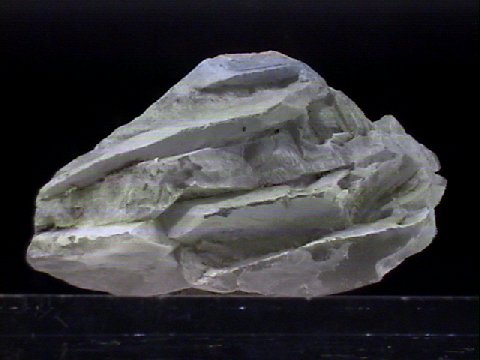 THE
MINERAL GAYLUSSITE
THE
MINERAL GAYLUSSITE
- Chemistry: Na2Ca(CO3)2 - 5H2O , Hydrated Sodium Calcium Carbonate.
- Class: Carbonates
- Uses: Only as mineral specimens.
Specimens
Gaylussite is named for French chemist and physicist J. L. Gay-lussac.
It is sometimes a well crystallized mineral displaying good, intricately faceted monoclinic forms.
Gaylussite is one of several carbonate minerals that form in non-marine evaporite deposits.
Other such carbonates include
trona,
pirssonite,
PHYSICAL CHARACTERISTICS:
- Color is colorless, white or yellowish.
- Luster is vitreous.
- Transparency: Crystals are transparent to translucent.
- Crystal System is monoclinic; 2/m.
- Crystal Habits include intricately faceted prismatic to tabular crystals, but also massive and encrusting.
- Cleavage is perfect in two directions.
- Fracture is conchoidal.
- Hardness is 2 - 3.
- Specific Gravity is 1.9 - 2.0 (well below average)
- Streak is white.
- Associated Minerals include
pirssonite,
northupite , trona, analcime and halite. - Notable Occurrences include Searles Lake, San Berardino County; Deep Spring and Owens Lake, Inyo County; Borax Lake, Lake County and China Lake, Kern County, California, USA; Gobi Desert, Mongolia and Lagunillas, Merida, Venezuela.
- Best Field Indicators: Crystal habit, environment of formation, cleavage, density and locality.


